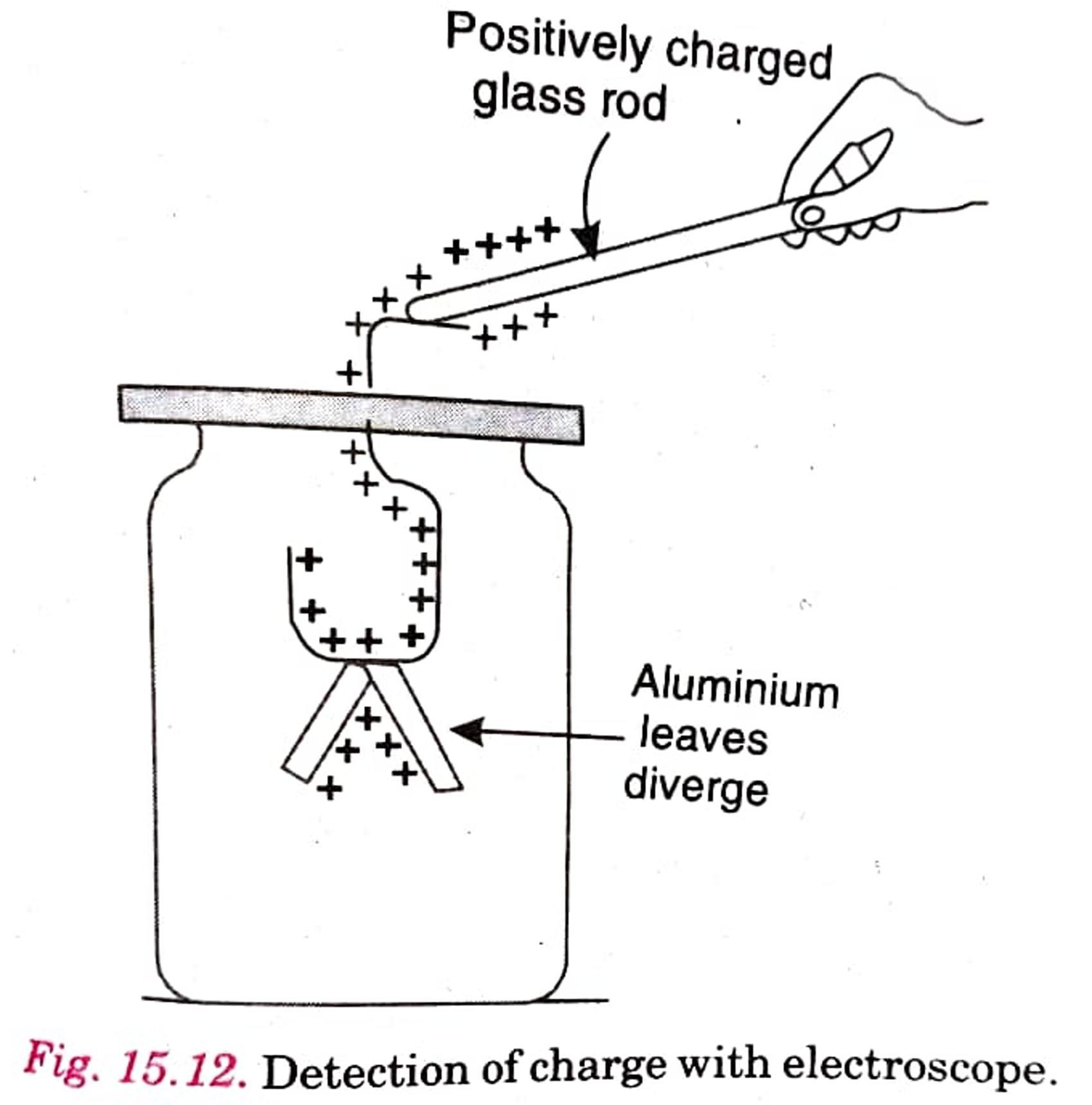Class 8 Science Chapter 15 – Some Natural Phenomena | SCERT Assam (English Medium)
Class 8 Science Chapter 15 – Some Natural Phenomena (SCERT Assam – English Medium)
Understand nature’s powerful phenomena like lightning and earthquakes. This chapter covers causes, effects, and safety measures with special reference to Assam’s earthquake-prone zones.
✅ Key Topics:
- Static electricity and lightning formation
- Lightning conductors how they work
- Seismic zones of India (Assam in Zone V)
- Richter scale and earthquake measurement
- Tsunami warning systems
- Disaster management in Assam
🎯 Why Ospin Academy?
- Real-life examples from Assam’s natural disasters
- Diagram of lightning conductor installation
- Important 5-mark questions on earthquake safety
- Interactive quiz on disaster preparedness
Learn to stay safe during natural disasters with our SCERT-aligned materials!
Class 8 Science (English Medium) PDF Solutions 2025-26 | SCERT Assam
Get the Class 8 Science (English Medium) PDF with detailed solutions, MCQs, and extra practice questions for SCERT Assam 2025-26.
Class 8 Science
Chapter – 15 Ospin Academy
Some Natural Phenomena
TEXTBOOK EXERCISES
Select the correct option in Questions 1 and 2.
Q. 1. Which of the following cannot be charged easily by friction?
(a) A plastic scale.
(b) A copper rod.
(c) An inflated balloon.
(d) A woollen cloth.
Ans. (b) A copper rod.
Q. 2. When a glass rod is rubbed with a piece of silk cloth the rod:
(a) and the cloth both acquire positive charge.
(b) becomes positively charged while the cloth has a negative charge.
(c) and the cloth both acquire negative charge
(d) becomes negatively charged while the cloth has a positive charge.
Ans. (b) becomes positively charged while the cloth has a negative charge.
Q. 3. Write T against true and F against false in the following statements:
(a) Like charges attract each other. (T/F)
Ans. False.
(b) A charged glass rod attract a charged plastic straw. (T/F)
Ans. True.
(c) Lightning conductor cannot protect a building from lightning. (T/F)
Ans. False
(d) Earthquakes can be predicted in advance (T/F)
Ans. False.
Q. 4. Sometimes, a crackling sound is heard while taking off sweater during winters. Explain.
Ans. The electric discharge takes place between body and sweater. At the time of electric discharge some energy is released. In this case energy is released in the form of crackling sound.
Q. 5. Explain why a charged body loses its charge if we touch it with our hand.
Ans. Human body is a conductor of electricity. When a body is touched with hand, the electric current of body passes to the earth through the body and body loses its charge.
Q. 6. Name the scale on which the destructive energy of an earthquake is measured. An earthquake measures 3 on this scale. Would it be recorded by a seismograph? Is it likely to cause much damage?
Ans. Destructive energy of an earthquake is measured in Richter Scale. Yes, it will be recorded by a seismograph. Earthquake with magnitude of 3 on Richter Scale is not much destructive. Such earthquakes do not cause any damage.
Q. 7. Suggest three measures to protect ourselves from lightning.
Ans. Three measures to stay protected from lightning are:
(i) Stay indoor or under covered area.
(ii) Don’t take bath during lightning.
(iii) We should not use T.V. or phone during lightning.
Q. 8. Explain why a charged balloon is repelled by another charged balloon whereas an uncharged balloon is attracted by another charged balloon?
Ans. A charged balloon is repelled by another charged balloon because both the balloons contain same type of charges. We know that like charges repel each other. A balloon is charged while other is uncharged, so they have no same charge. Therefore charged balloon attracts uncharged balloon.
Q. 9. Describe with the help of a diagram an instrument which can be used to detect a charged body.
Ans. Electroscope is used to detect electric charges or kind of charge on a body. It works on the principle that like charges repel and while unlike charges attract each other.
Charge a glass rod by rubbing its one end with a piece of silk cloth. Touch the charged glass rod with the top end of metal strip. We will see that the two aluminium leaves move away from each other. The two aluminium leaves having similar charges (positive charges) repel each other due to which they
move apart.

Q. 10. List three states in India where earthquakes are more likely to strike.
Ans. (i) Kashmir.
(ii) Rajasthan.
(iii) Gujarat.
Q. 11. Suppose you are outside your home and an earthquake strikes. What precautions would you take to protect yourself?
Ans. (i) We should move to an open space.
(ii) We should not take shelter under trees or buildings.
(iii) If we are driving, we should slow down the vehicle and move slowly away that area to a clear spot
Q. 12. The weather department has predicted that a thunder storm is likely to occur on a certain day. Suppose you have to go out on that day. Would you carry an umbrella? Explain.
Ans. No, we will not take an umbrella at the time of thunder storm. The taking of umbrella will increase the risk of lightning. The metal objects are more prone to lightning strike.
Class 8 Science Chapter 15 – Natural Phenomena FAQs
Get Free NCERT PDFs
If you want to download free PDFs of any chapter, click the link below and join our WhatsApp group:

